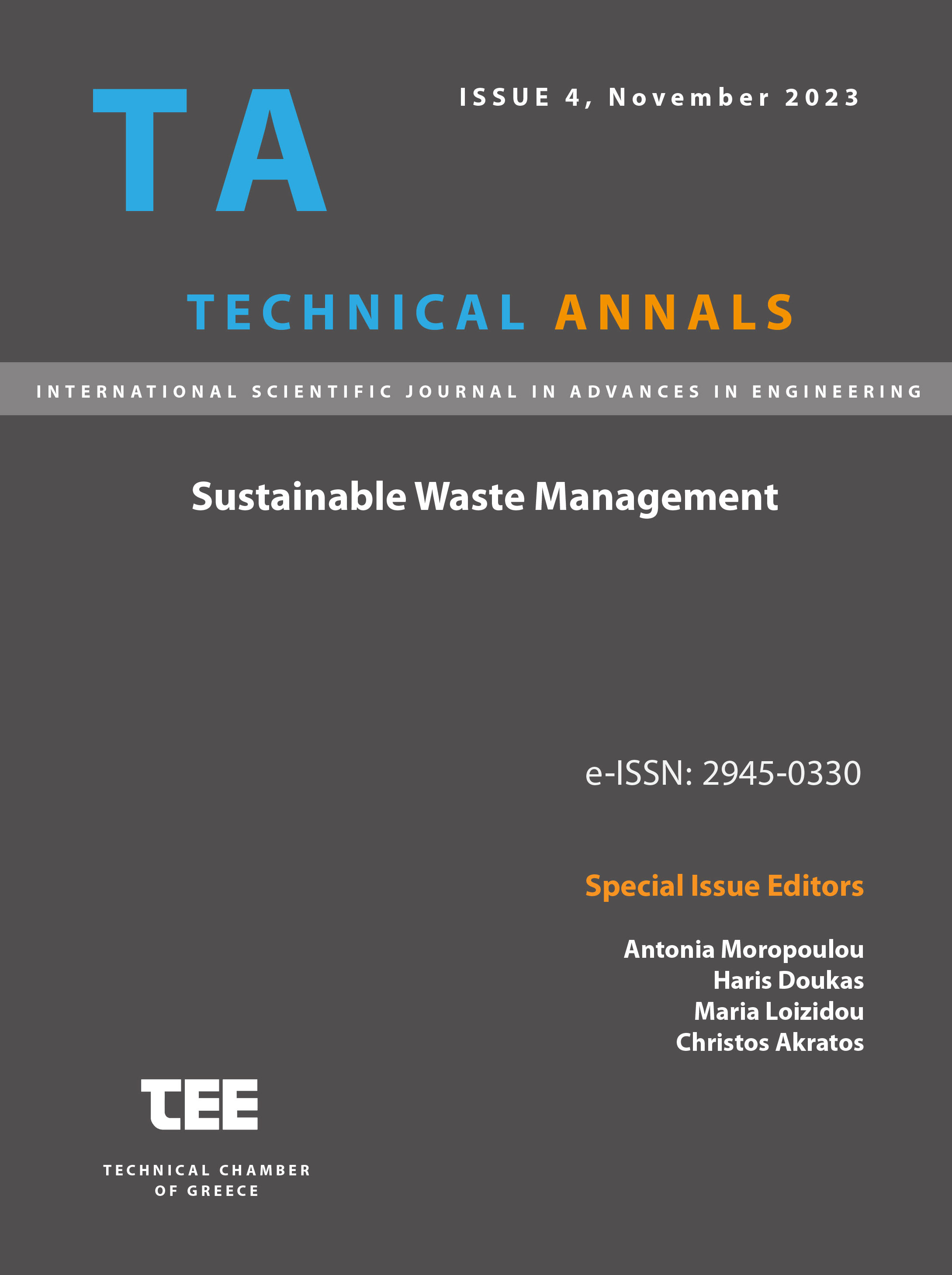Nanofiltration and Selective Crystallisation for the Recovery of Bio-based Fertilizing Products from Seawater Desalination Brine

Abstract
The majority of companies that operate desalination units produce significant quantities of brine, a hypersaline product whose disposal in the sea contributes to the degradation of local fauna and flora. The proposed process for the valorisation of seawater brine and recovery of high purity water consists of two precipitation steps for the recovery of Mg(OH)2 and CaCO3. After pH conditioning, the brine (without Mg2+ and Ca2+) is led to Nanofiltration unit for Na2SO4 separation from the NaCl - KCl rich stream. Monovalent salt stream is further concentrated by Multiple Effect Distillation evaporator and crystallizer and KCl is separated from NaCl by flotation using Sodium Dodecyl Sulfate as floating agent. The aforementioned micronutrients have readily been tested for their part in enhancing the agronomic performance of fertilising products, so they possess market potential to support local/national/European fertilisation purposes. Last but not least, such a nutrient recovery approach can ensure capital recovery within the expected time limitations of an investment and in some cases offset completely the treatment cost.
Article Details
- How to Cite
-
Katsiolis, S., Kyriazi, M., Novakovic, J., Athanasoulia, I. G., & Malamis, D. (2023). Nanofiltration and Selective Crystallisation for the Recovery of Bio-based Fertilizing Products from Seawater Desalination Brine. Technical Annals, 1(4). https://doi.org/10.12681/ta.36328
- Section
- Circular Economy

This work is licensed under a Creative Commons Attribution-NonCommercial-ShareAlike 4.0 International License.


